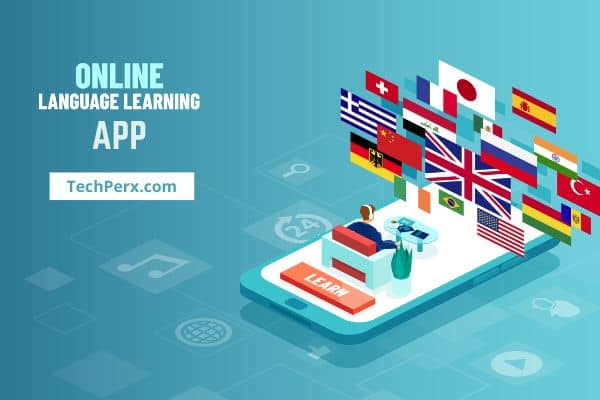The world is shrinking and becoming more globalized. Many people are trying to learn new languages to communicate with colleagues around the world, so there’s no better time to create a language app. Language learning apps teach app users words, phrases, and conversational sentences using games, voice notes, images, and other tools. Many of these apps are gamified to encourage participation.
If you want to know how to create a language learning app of your very own, this article will discuss some of the steps you need to take.
Table of Contents
How to Create a Language App
If you want to create your own language app, you need to take a few steps and set your own unique goals. You don’t need to be a skilled developer or business analyst to get started – you can find a team to show you exactly how to make a language learning app from scratch within your budget.
1. Start with the concept
Always start by defining your main concept and goal before you proceed. What do you want to achieve when you make your own language app? Who do you want to target? Once you’ve defined your concept, you can start doing business analysis to determine if your idea is relevant and feasible and whether or not a good market exists for it. You can also begin obtaining data about your competitors to see if you can improve or emulate their designs.
2. Define the features and requirements
Once you’ve done your background work, you need to start working on a list of features. When you create a language learning mobile app, you need to think of the features that matter most to potential customers. Creating too many features may overwhelm your users (and will increase the time and cost of your development project). It’s considered a best practice to create aт MVP (minimum viable product) to test. This only contains the most important features for your app to work so that you can test it with some of your users.
3. Choose your tech stack
Most language learning apps are cross-platform, so you’ll need to be prepared for web, iOS, and Android users. This will impact the type of software and developer expertise you’ll need to complete your app. For example, iOS native development uses Objective-C or Swift and the iOS SDK. For Android, you’ll use Java or Kotlin and tools like Android Studio. If you want to use both, you’ll need to consider Flutter, React Native, or Cordova and use the Redux architecture.
Web app development will require React.js or Vue.js developers for the front-end work and Java or Python for the Back-end, as well as a SQL/NoSQL database. Web apps need scalable and modern architecture to function, and you’ll need to weigh up your API integrations carefully.
4. Design the app
Your designers will have to design the app in a beautiful and functional way. Your app will need to work and render equally well across all devices and operating systems. You’ll also need to work on a curriculum with professional and accurate content. Most language apps cover four functional areas: reading, writing, speaking, and listening. These functions require different features and functionality.
5. Develop your app
If you are ready, you can move from your MVP to the full version of your app. Once you’ve approved the layouts, the front-end user inputs will be added for processing in the back-end.
6. QA and testing
Your team will help you quality test your app to identify weaknesses and eradicate bugs. You’ll need to use software testing, e.g., functional testing and non-functional testing, to ensure that your app is working as it should and is secure enough.
7. Launch with marketing and advertising
Once you’ve built your app, it’s time to get the word out. Always factor marketing into your budget so that you can promote your app on social media and the internet.
Conclusion
Now that you know how to create a language app, you can get started. The key is to find the right software team to provide the advice and guidance you need to deliver your app on time and within your budget.
Jacob Brown is a Senior Writer and editor with fabulous writing skills. He is passionate about technology and loves to explore how it works to solve problems. With a geeky nature, he also loves to travel mostly hill stations. We believe, he has the brightest talent to craft the techie process in words.

